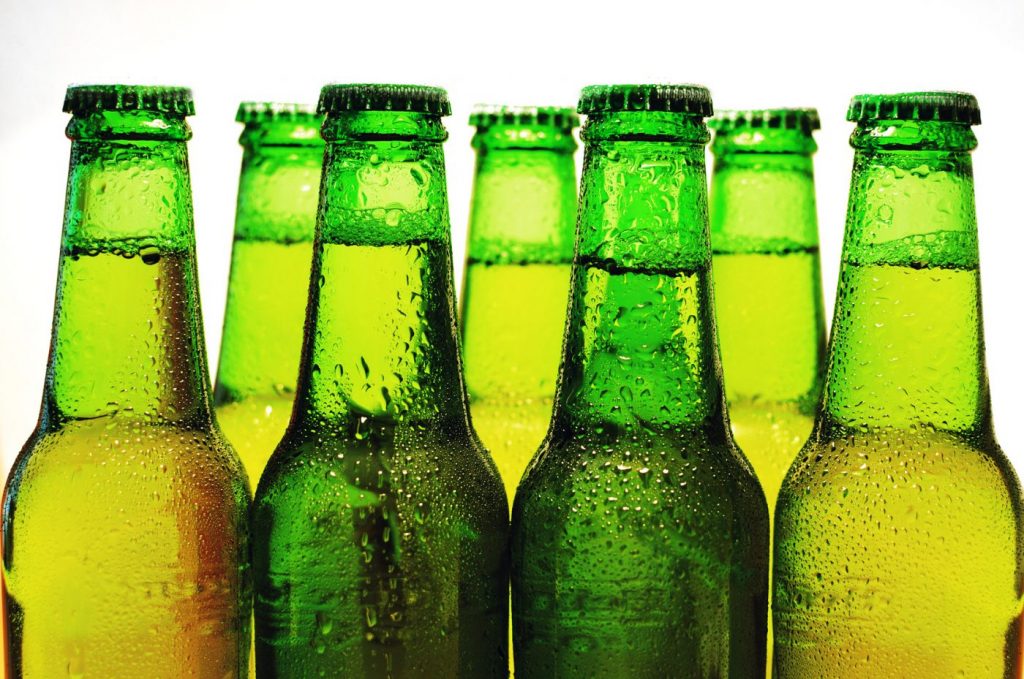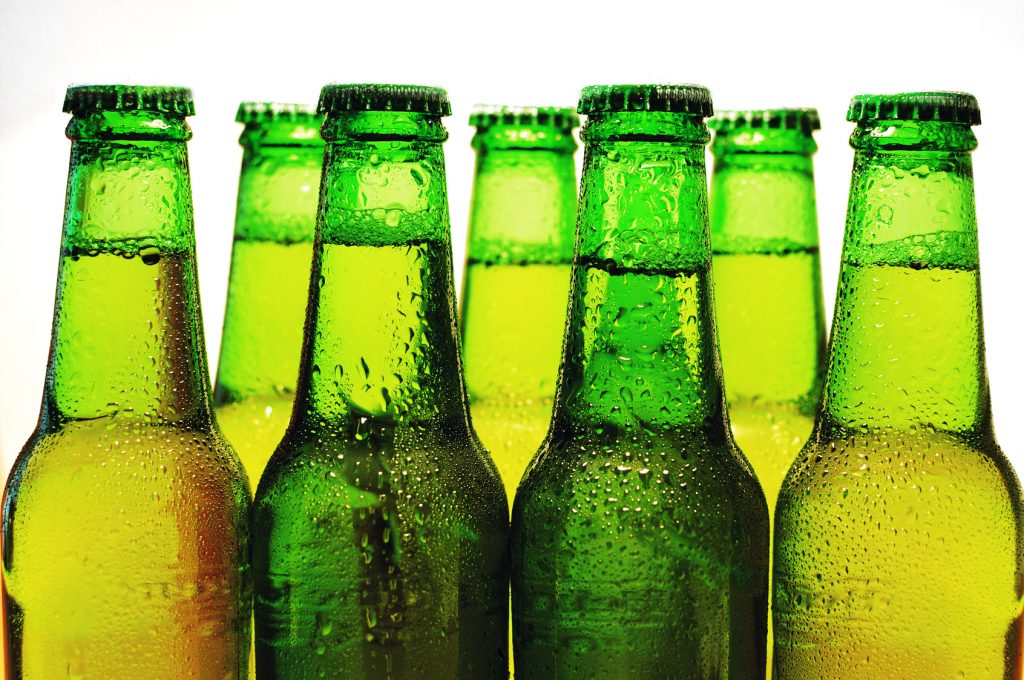There are a lot of reasons to drink non-alcoholic beer—mostly because regular beer has alcohol in it, and lots of people don’t want to drink alcohol for personal, health, or religious reasons. Here’s how they make the beer without the booze.
It starts out the same.
Breweries start making non-alcoholic beer in exactly the same way they make non-non-alcoholic beer. To simplify immensely: Grains (such as wheat and rice) are cooked at a near-boiling temperature for a while (that’s called a mash), and the liquid is siphoned off (the wort), which is then boiled. After that, flavoring agents like hops are added and the beer ferments, which adds the carbonation.
Then things get hot.
At this point, the methods for beer and “near beer” change. Regular beer is placed into bottles, cans, or kegs. This allows it to age, and for the alcohol to continue developing. Non-alcoholic beer requires a few more steps to prevent any more alcohol from coming up as well as to eliminate what has already come about naturally. One way it’s done is heating. With this method, fermented beer gets heated to a temperature of beer’s boiling point of 173°F…and kept there. The alcohol level is measured until it levels off at a maximum of 0.5 percent alcohol by volume (ABV).
But heat kills flavor.
Unfortunately, heating up the beer also cooks off a lot of the flavor that had developed, so some breweries prefer to use a process called vacuum distilling. Placing the beer in a vacuum chamber can artificially lower the boiling point to 120 degrees—less heat means less flavor loss.
Some use “reverse-osmosis” instead.
Breweries may also use “reverse-osmosis” to get the alcohol out. It preserves flavor because no heat is used. First, the beer mixture passes through an ultra-fine filter, separating it into water/alcohol/trace amounts of acids, and a syrup of sugars and flavoring agents. The alcohol is then chemically distilled out of the water/alcohol/acid mix, and what’s left is added back into the sugary stuff.
And finally, the bubbles.
All that’s left to do now is add the bubbles—those come from carbon dioxide injected into the beer just before bottling.









